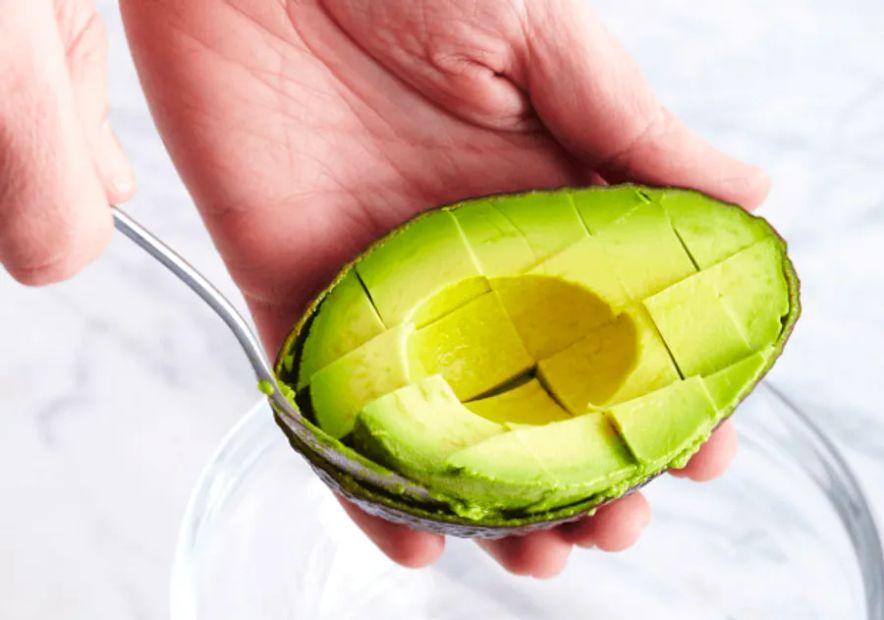Ditch the Metal Knives for Slicing Avocados — Here's What You Should Use

When you're about to prepare your favorite avocado toast, guacamole, or a fresh salad, you're probably not considering the type of knife you should use. Most likely, you grab whatever knife is within reach — and it’s usually a metal one, since they're so common in kitchens.
However, using a metal knife to cut your avocado is a big mistake — especially if you plan to save the second half for later. Keep reading to find out which knives are best for cutting an avocado.
Why Metal Knives Accelerate Browning
If you've ever sliced an avocado and tried to save the other half for later, you know the frustration of returning to find it covered in unsightly brown spots. While this browning is natural — thanks to enzymes in avocados that react with oxygen — using a metal knife makes the process happen much faster.
Metal knives, particularly those made with copper or iron (like any stainless steel knife), cause avocados to brown more quickly than knives made from other materials.
Instead, opt for a plastic or ceramic knife when slicing avocados. While these knives won’t prevent browning entirely — since avocados, like apples and lettuce, naturally brown when exposed to air — they will help slow down the process.
The Best Knives for Slicing Avocados
Using a ceramic or plastic knife — or even a plastic avocado slicer — can keep your avocado fresh for hours. So if you use one half for breakfast, you can still enjoy the other half for dinner without it turning brown too soon.
Switching knives based on the fruit or vegetable you're cutting isn't a new concept. For instance, Cook's Illustrated conducted a study using various knives to cut lettuce. Their findings showed that plastic knives kept lettuce from browning for up to 24 hours longer than metal knives did.
While a few extra hours of fresh, green avocado may seem minor, if you dislike brown spots or you're tired of discarding half an avocado due to browning, it’s worth trying this cutting method.
How to Store an Avocado After Slicing
If you're really concerned about browning, there are several avocado storage techniques that can extend their freshness. Brush lemon juice, lime juice, or olive oil onto the flesh to form a protective "seal." Then, place the avocado in an airtight bag or wrap it in plastic and refrigerate. Also, remember to keep the half with the pit — leaving the pit in helps protect parts of the flesh from browning.
Of course, if you plan to eat the avocado right away, use whichever clean knife is at hand. Metal knives won't make a difference if you're not saving the avocado for later.

1

2

3

4

5
Evaluation :
5/5